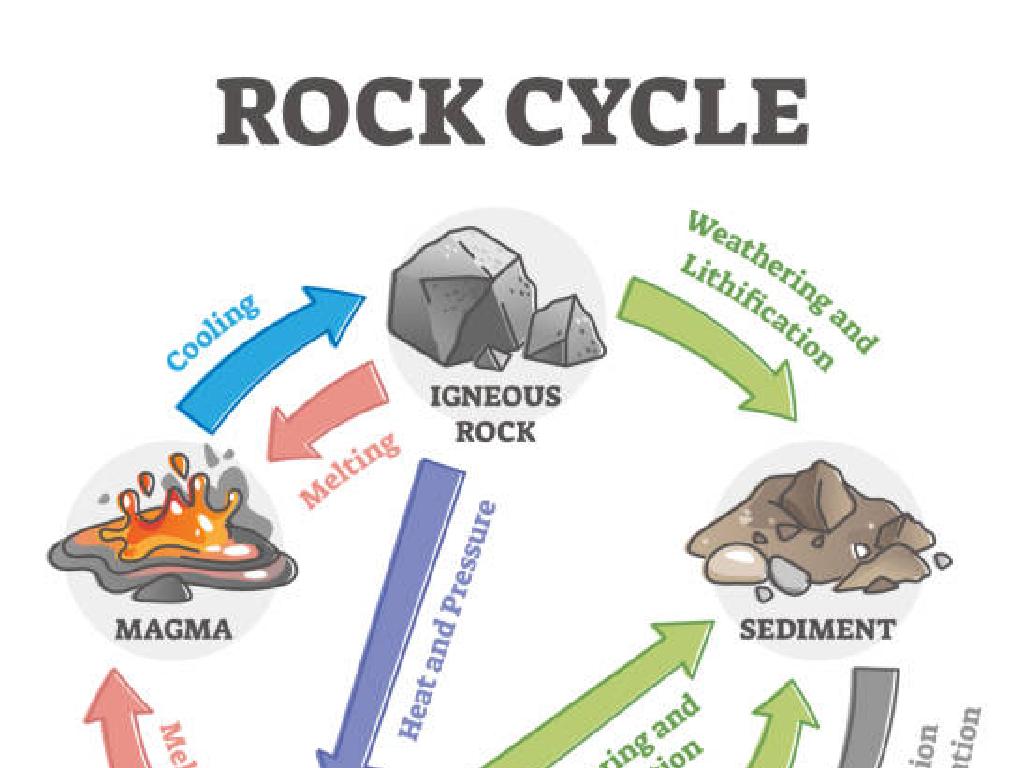Inherited And Acquired Traits: Use Evidence To Support A Statement
Subject: Science
Grade: Eighth grade
Topic: Genes To Traits
Please LOG IN to download the presentation. Access is available to registered users only.
View More Content
Introduction to Inherited and Acquired Traits
– Explore genes and traits
– Define inherited traits
– Traits passed from parents to offspring, e.g., eye color, blood type
– Human inherited trait examples
– Examples: curly hair, dimples, ability to roll tongue
– Animal inherited trait examples
– Examples: fur color in mice, stripe patterns in zebras
|
This slide introduces the concept of inherited and acquired traits, focusing on the genetic aspects that determine an organism’s characteristics. Begin by explaining what genes are and how they influence traits. Emphasize that inherited traits are those that are passed down from parents to their offspring through genes. Provide relatable examples for humans, such as eye color, hair texture, and other physical attributes. Then, extend the discussion to animals, illustrating how inherited traits manifest in different species. This will help students understand the concept of heredity and the role it plays in the diversity of life. Encourage students to think of their own inherited traits and consider how these compare to traits in the animal kingdom.
Exploring Acquired Traits
– Define acquired traits
– Traits that one develops after birth due to experience or environment
– Acquired vs. inherited traits
– Acquired traits are not genetic, unlike inherited traits which are passed from parents
– Examples of acquired traits
– Skills like playing an instrument, or a scar from an injury
|
This slide aims to clarify the concept of acquired traits and how they differ from inherited traits. Acquired traits are characteristics that individuals gain during their lifetime as a result of their experiences or environment, such as learning a language or developing a suntan. These differ from inherited traits, which are passed down from parents to offspring through genes. Provide clear examples to help students differentiate between the two, such as the ability to ride a bicycle (acquired) versus natural hair color (inherited). Encourage students to think of their own examples of acquired traits and consider how these traits can influence an individual’s life but do not contribute to genetic inheritance.
Evidence of Inheritance in Traits
– Predict traits with Punnett Square
– A tool to forecast offspring traits from parental genes
– Genetic variation’s role
– Diversity in traits due to different gene combinations
– Inherited traits in nature
– Observe inherited traits in domestic animals and crops
– Analyzing real-world examples
|
This slide aims to explain how evidence of inheritance can be observed and predicted. The Punnett Square is a visual representation to help predict the probability of an offspring inheriting particular traits from its parents. Genetic variation is crucial as it leads to diversity within a species, which can be influenced by different combinations of genes. Students should look at real-world examples, such as the inheritance of fur color in animals or flower color in plants, to understand how these principles apply outside the classroom. Encourage students to bring examples of inherited traits they have observed in their own lives or in nature to discuss in class.
Evidence of Acquired Traits
– Environmental impact on traits
– Traits can change due to climate, diet, injuries, etc.
– Learning shapes acquired traits
– Skills and knowledge gained through experience affect behavior and abilities.
– Case studies of environmental adaptation
– Examples: Finches’ beak shapes, or butterflies’ wing colors changing due to habitat alterations.
– Differentiating inherited & acquired traits
|
This slide aims to explain how acquired traits are developed through environmental influences and personal experiences, as opposed to inherited traits which are passed down genetically. Discuss how factors like climate, diet, and injuries can lead to physical changes, while learning and experience can lead to behavioral adaptations. Use case studies, such as Darwin’s finches, which developed different beak shapes to adapt to available food sources, or butterflies that have altered wing colors due to changes in their habitat, to illustrate these points. Encourage students to think critically about the differences between inherited and acquired traits and to consider evidence that supports the development of acquired traits.
Supporting Statements with Evidence: Inherited vs. Acquired Traits
– Using evidence to back claims
– Gather data, observe patterns, and cite sources to support your statement.
– Analyzing data in science
– Look at genetic information and traits in family lineages.
– Critical thinking in genetics
– Apply logic to differentiate genetic inheritance from environmental factors.
– Inherited vs. Acquired traits
– Inherited traits come from genes, while acquired traits develop from experience.
|
This slide aims to teach students how to use evidence when making scientific statements, particularly in genetics. They should learn to gather and analyze data, observe patterns, and use credible sources to support their claims. When looking at traits, students must use critical thinking to distinguish between those that are inherited (passed down from parents) and those that are acquired (developed through interaction with the environment). Examples of inherited traits include eye color and blood type, while acquired traits could be skills learned or scars from injuries. Encourage students to think of their own examples and to consider how evidence is used in scientific studies to support conclusions.
Class Activity: Traits Survey
– Conduct a traits survey
– Collect and record data
– Use charts or tables for clarity
– Present survey findings
– Use graphs or slides to illustrate
– Discuss inherited vs. acquired traits
– Compare survey results and genetic concepts
|
This class activity involves students conducting a survey to distinguish between inherited and acquired traits among their classmates. Provide students with a list of traits to investigate, such as eye color, hair type, ability to roll the tongue, etc., for inherited traits, and learned skills like playing an instrument or riding a bike for acquired traits. Students should collect data by observing and recording the traits of their peers. Encourage them to present their findings using visual aids like graphs or slides. After presentations, lead a discussion on how the survey illustrates the difference between inherited and acquired traits. Possible activities include creating a class-wide data chart, analyzing family traits, or role-playing to understand trait inheritance.
Conclusion: Inherited vs. Acquired Traits
– Recap inherited traits
– Traits passed genetically, like eye color
– Recap acquired traits
– Traits gained by influence, like language skills
– Supporting statements with evidence
– Use research, data, or examples to back claims
– Open floor for Q&A
|
This slide aims to consolidate the students’ understanding of the differences between inherited and acquired traits. Emphasize that inherited traits are those that are passed down from parents to offspring through genes, such as hair color, blood type, and certain diseases. Acquired traits, on the other hand, are developed throughout life due to environmental influences, learning, and experience, such as language fluency, scars, or muscle strength from exercise. Highlight the importance of using credible evidence when making scientific statements, such as data from experiments, observations, or authoritative sources. The Q&A session will allow students to clarify any doubts and engage in discussion, reinforcing their learning. Encourage students to ask questions and provide examples from their own experiences related to inherited and acquired traits.






